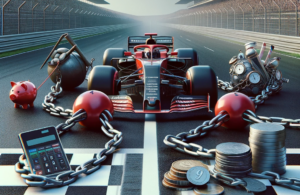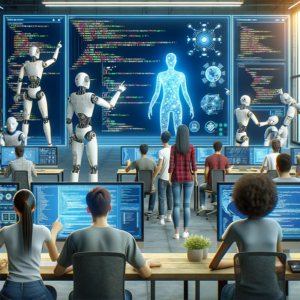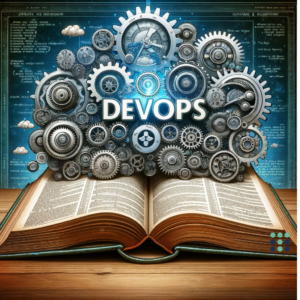In today’s digital era, the landscape of business operations has shifted. Central to this change is the concept of modern enterprise architecture. So, what exactly does this term mean?
The Core of Modern Enterprise Architecture
At its heart, modern enterprise architecture revolves around a structured approach. It’s about strategically planning and aligning business processes, technology systems, and applications. Think of it as a bridge connecting an organization’s goals with the ever-changing digital environment. This approach taps into contemporary technology, agile methodologies, and best practices, ensuring businesses not only adapt but thrive.
A standout component of this architectural approach is the integration of lean practices, most notably, value streams. Value streams represent end-to-end processes that deliver customer value. In our digital context, they map how business functions and IT systems collaboratively drive value. This perspective allows businesses to fine-tune areas, boost efficiency, and orient their strategies around customer needs. The result? An agile, customer-centric organization.
Business and IT: An Inseparable Duo
Modern enterprise architecture cements the relationship between business capabilities (strategies to achieve objectives) and IT capabilities (the tech backbone supporting these strategies). The process involves:
1. Mapping and Understanding:
Document the core business capabilities and align them with strategic goals. Understand which IT systems and applications bolster these functions.
2. Alignment:
Ensure IT capabilities complement business needs, facilitating operations, innovation, and agility.
3. Optimization:
Regularly evolve IT capabilities in response to shifting business requirements or market conditions.
4. Governance:
Establish mechanisms to oversee the synergy of business and IT capabilities.
5. Agility:
Foster agility in both business and IT sectors to swiftly adapt to market and customer changes.
In essence, this alignment crafts a symbiotic relationship. Technology becomes the catalyst to achieve business aims, and the business offers clarity for IT developments.
Your Next Move
This juncture is pivotal. Modern enterprise architecture isn’t just a tool—it’s a weapon, a competitive advantage. To stay ahead in the digital race, embracing these methodologies is paramount.
So, if you’re poised to merge your IT and business strategies, act now. Seek expert counsel or deepen your understanding of modern practices. Committing ensures agility, efficiency, and innovation for the future. In this dynamic, tech-driven business arena, inertia isn’t an option. Secure your organization’s success in the digital age and make the move today!








